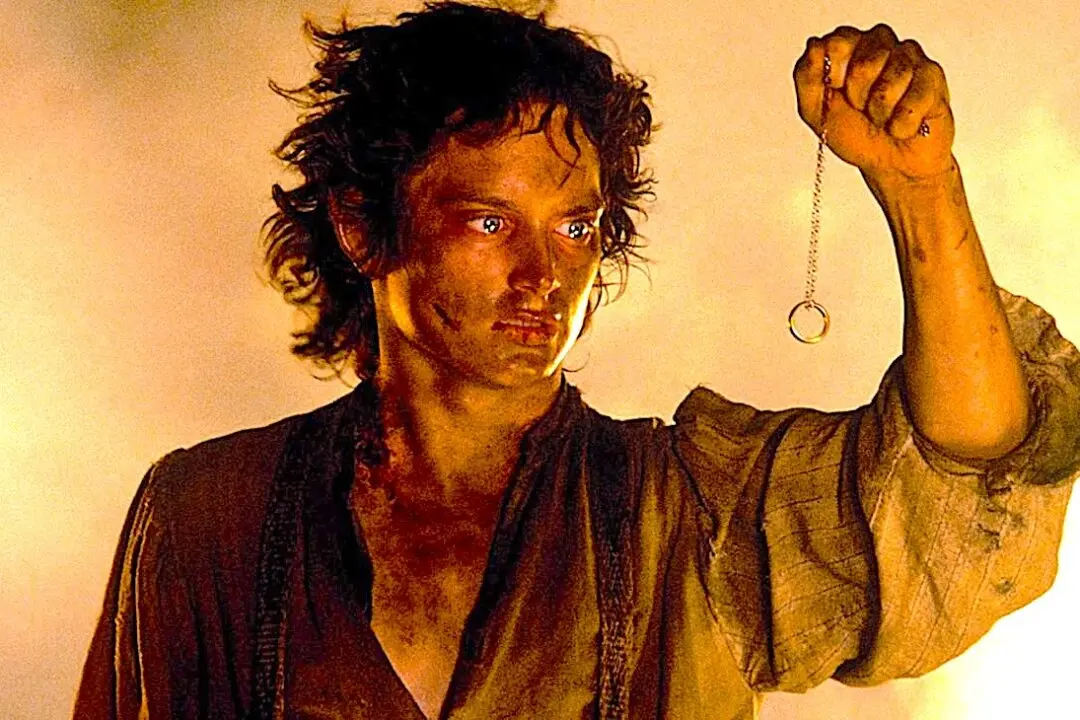Ladies and gentleman—Pixar’s back, telling toon-tales for tots and tweens, with tech skills nobody else can touch!
The wonderfully inventive “Inside Out,” Pixar’s latest, is about the human emotions of mad, sad, glad, fear, and disgust—anthropomorphized into little cartoon characters who live in our brains. It tells the story of how they help us run our lives.
Riley's eyes function similarly to the windshields of the starship Enterprise in "Star Trek."




